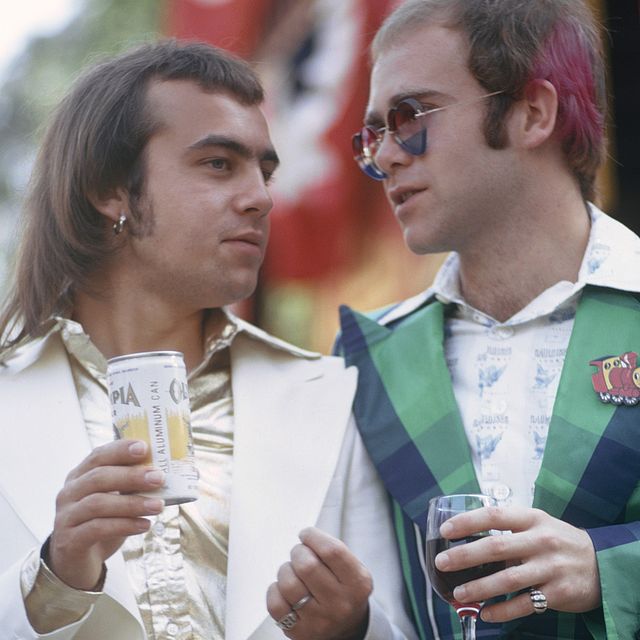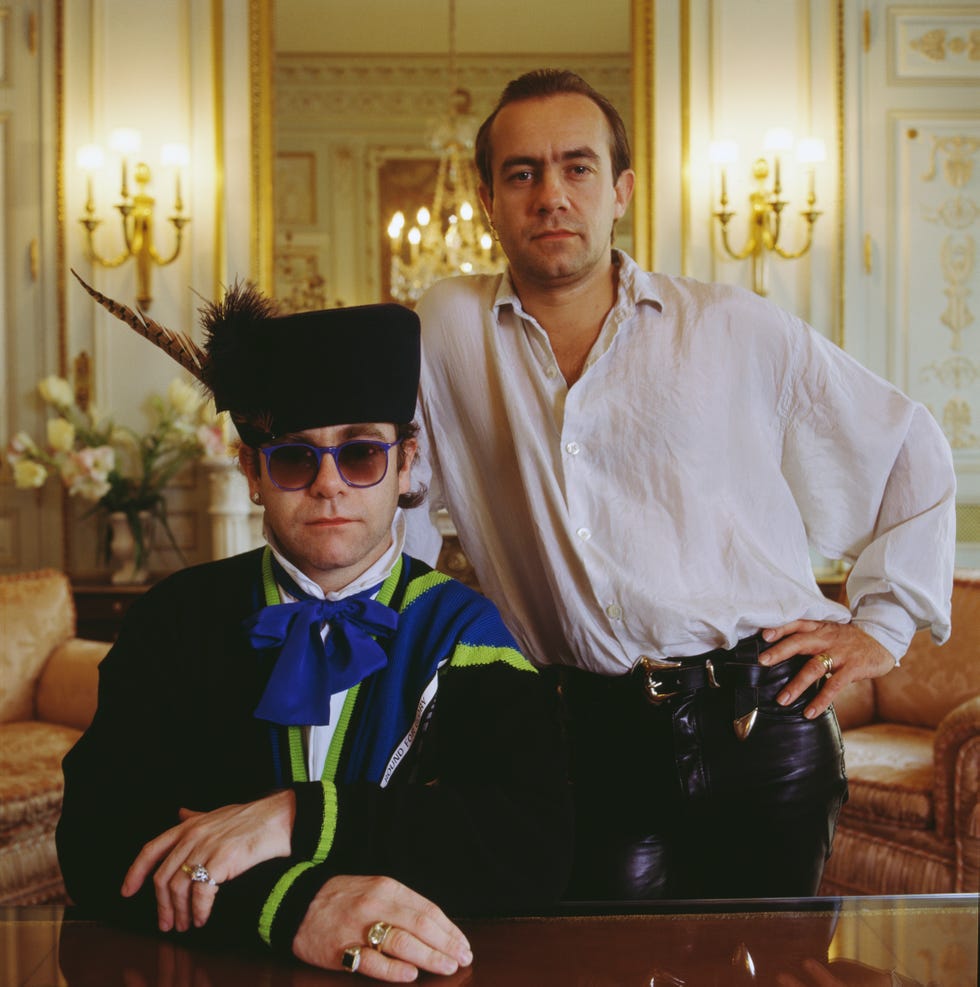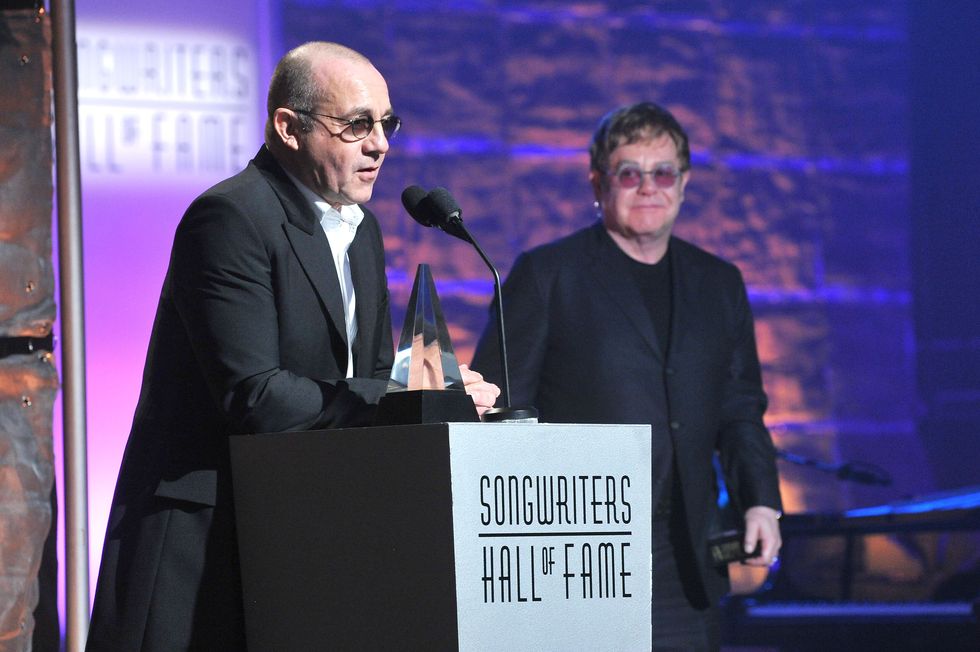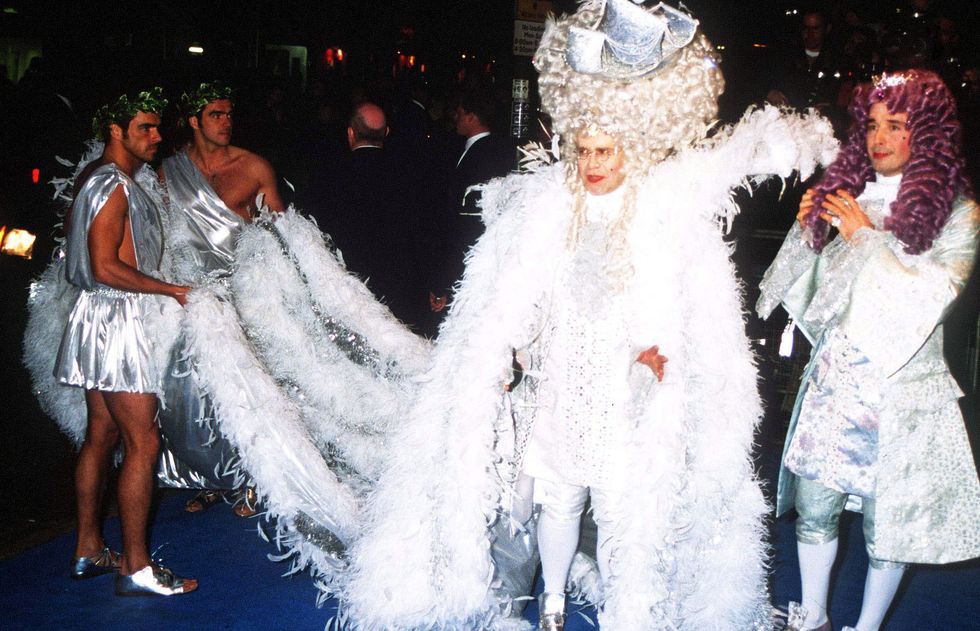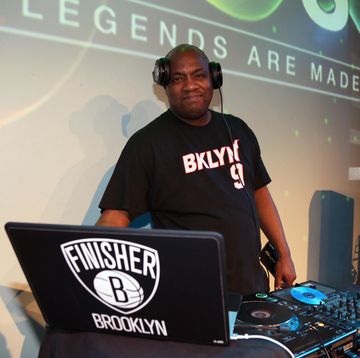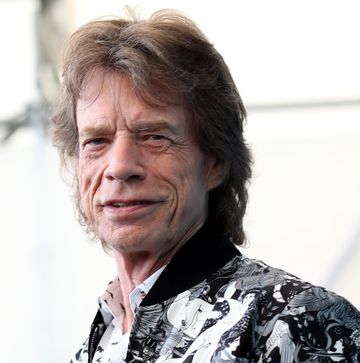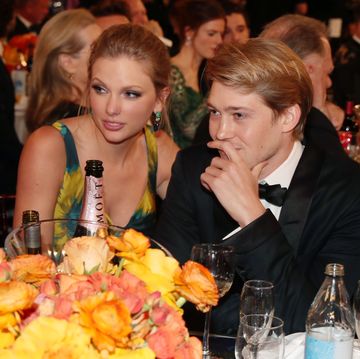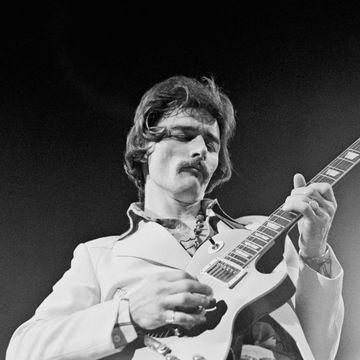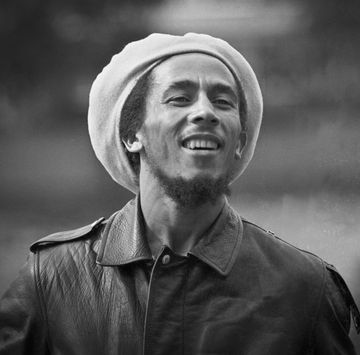Bernie Taupin is one-half of one of the most successful and prolific songwriting duos in the history of popular music. As lyricist to Elton John, Taupin has been writing words for one of music’s greatest showmen for over half a century. Yet to many he is an unknown.
Taupin and John are responsible for more than 35 gold and 25 platinum albums, 30 consecutive U.S. Top 40 hits, have sold more than 255 million records worldwide, and hold the record for the biggest-selling single of all time, Candle In the Wind ’97, with more than 33 million copies sold. But for Taupin, it’s the view from off-stage he finds preferable to the glare of the spotlight and the screaming of thousands of devoted fans.
The duo’s early years was portrayed onscreen in the biopic Rocketman starring Taron Egerton as the flamboyant singer and Jamie Bell in the role of the prolific yet unassuming lyricist Taupin. In real life, it’s a match made in musical heaven that has survived four marriages (Taupin’s), substance abuse and continental separation that continues to this day.
“They’re absolutely crucial to each other,” says Tom Doyle, author of Captain Fantastic: Elton John’s Stellar Trip Through the ‘70s. “For both of them, the other is a brother that they never had. It was such a twist of fate, the fact they met.”
John and Taupin were introduced through a job ad
Introduced in 1967, the pair met when each replied to an advertisement placed in the music magazine NME by Liberty Records searching for singer/songwriter artists. Taupin, a farmer’s son from Lincolnshire, England was 17, John (still using his birth name of Reg Dwight), who had begun playing the piano by ear at the age of three before completing formal musical training in his teens, was 20.
Though they were close in age at the time of their first meeting, 17-year-old Taupin was in awe of John. “I was the quintessential country bumpkin and he was sophisticated,” Taupin told the Daily Mail of their early years together. “He lived in London and played in clubs! So, he looked out for me. He was like a big brother.”
John was a working musician in London at the time and had dreams of being a successful singer/songwriter. The only problem was he could compose tunes but struggled with writing lyrics. Taupin, on the other hand, was a writer of beautiful, often introspective verse akin to poetry, but he could not write music. On a whim, they were paired by Liberty with John being sent away with a folder of Taupin’s lyrics in what would become a precursor to how the duo would form their long-lasting working relationship.
“They had written something like 20 songs before they had even met,” says Doyle of the pair. “And this put in place their writing relationship which was basically Elton putting Bernie’s lyrics in front of him and virtually auto-composing. From 1967 they developed this incredible remote working relationship where they would never sit in the same room and write together. They only really ever [worked side by side] once or twice. So, it’s not like a Lennon and McCartney where they are sitting knee to knee in the early days of The Beatles. Elton and Bernie were always writing separately. And there is something about that process that gave them a critical distance.”
The pair initially created music for other artists
As staff songwriters at DJM Records, they spent much of their first two years together writing material for other artists, among them Lulu and Roger Cook. Taupin would dash off lyrics and John would compose the music, eschewing any of Taupin’s verse he could not engage with quickly.
Their first album was Empty Sky (1969), which was followed by Elton John (1970). The second album set their early musical focus of heartfelt ballads and gospel-chorded rock songs, including the single “Your Song,” which reached number seven on the U.K. singles chart and number eight in the U.S. The album would peak at number five on the U.K. album chart and number four on the American Billboard 200.
The self-titled album was a precursor to a string of hits for the pair, including “Rocket Man,” “Honky Cat,” “Crocodile Rock,” “Tiny Dancer,” “Levon,” “Candle in the Wind,” “Bennie and the Jets,” “Saturday Night’s Alright for Fighting,” “Goodbye Yellow Brick Road,” “Don’t Let the Sun Go Down on Me,” “Daniel,” and “The Bitch is Back.” Studio albums of the time included Tumbleweed Connection, Madman Across the Water, Honky Chateau, Don’t Shoot Me I’m Only the Piano Player, Goodbye Yellow Brick Road, Caribou, and Captain Fantastic and the Brown Dirt Cowboy.
“There was a lot of pressure with the [recording] contracts at the time,” says Doyle. “They had to keep on knocking things out. But it was such a purple patch for them and it really set this amazing working relationship.”
Taupin preferred to stay behind the scenes
What followed was a period of success and the excesses that come with sudden fame and wealth. “What’s interesting to remember about Bernie is that Bernie was a rock star who didn’t appear on stage," says Doyle. "He would go on the tours, but he really didn’t like the limelight. And he hated when Elton would bring him on stage to be introduced to the crowd. Offstage Bernie had more of a rock ‘n’ roll lifestyle than Elton did early on.”
Though Taupin says he never splurged on luxuries in the early days, he has admitted to a then liking for vodka, cocaine and women, but would only write when he was sober.
Within 10 years, John and Taupin were worn out and took a break from each other
By the mid-1970s the unrelenting schedule of composing, recording and touring had begun to take a toll on both men. “It was a very intensive working relationship that started in 1967 and by the time they got to 1976 these two guys are completely worn out,” says Doyle. “Elton had become, in America, the biggest rock phenomenon since The Beatles.”
Less than a decade in as a partnership, the pair would go their separate ways after the 1976 album Blue Moves. The split came at the time Taupin’s first marriage to Maxine Feibleman (1971-76) ended, and he says he checked himself into a clinic in order to clean up his life. It was during the same period he moved permanently to Southern California, where he still lives to this day. He would marry three more times: Toni Lynn Russo (1979-1991), Stephanie Haymes (1993-1998) and in 2004 to his present wife, Heather Kidd, with whom he has two daughters.
Their split only lasted two years and they work together to this day
Though they took time apart and worked with others, both John and Taupin say the split was not acrimonious. The pair were working together again, albeit on a part-time basis, within two years. “They gave each other physical distance and emotional distance beyond 1976 and I suppose that preserved the partnership and gave them breathing space,” Doyle says.
Avoiding resentment of the other person in the duo is easy, says Taupin. “You have to see each other for that to happen,” he told Rolling Stone in 2015. “We live such separate lives. We are two separate people.” To this day the pair continues to write and compose apart, though Taupin says they often talk on the phone, usually about record collecting.
In the 1980s and the 1990s they continued to collaborate on hits including “I’m Still Standing,” “Sad Songs,” “Nikita,” “I Guess That’s Why They Call It the Blues,” “The One,” “Simple Life,” “Club at the End of the Street,” and “Believe.” Their biggest single came in 1997 when Taupin rewrote the lyrics of “Candle In the Wind” in honor of the late Princess Diana. “I didn’t know or meet her,” Taupin told the Daily Mail. “I did it for Elton, as a friend.”
Outside of popular music, the pair collaborated on the 2006 stage show Lestat: The Musical, based on Anne Rice’s vampire novels. Following negative reviews, the show closed after 39 performances.
Taupin also paints and competes in horse shows
Turning his obsession with the American West into a reality, Taupin spent much of the early 1990s living the life of his alter ego, The Brown Dirt Cowboy, by competing in weekend horse shows and as part owner of a three-time bucking champion bull, Little Yellow Jacket. He also began hosting an annual cutting competition for cowboys at his Santa Barbara ranch, all the while continuing to write for John, as well as writing, recording and touring with his Americana band, Farm Dogs.
It was during the same period he turned his attention to another of his passions, creating visual art including abstract and contemporary mixed-media pieces. Today, Taupin considers art his full-time career.
“I paint 24/7,” he told Rolling Stone. “People in the art world are constantly saying to me, ‘What do you enjoy most: painting or writing?’ And it’s really a moot point because we have a record maybe every three or four years, and it takes a couple of months.”
Through it all, John calls Taupin his 'soul mate'
One constant throughout has been his professional and personal bond with John, and their ability to interpret the other’s creative output thanks to a shared history forged by chance more than 50 years ago.
Even in the early seventies, there was a creative understanding between them, says Doyle. “Some of the songs, like ‘Goodbye Yellow Brick Road,’ are pretty personal to Bernie but Elton could express this as he understood where Bernie was coming from. Similarly, Bernie is looking at Elton and knowing the things that he is going through. He would never make the lyrics gender-specific. Elton was still in the closet at the time. But obviously, they are completely in tune and on the same wavelength which allows for a certain intimacy to come through in the songs which people related to in a big way.”
That understanding extends to the work itself, that the song, above all else, is the most important thing. “It’s a process and many great songwriters have this,” Doyle says. “There shouldn’t be any ego evolved and I think it is all about the song for the pair of them.”
If there is a song that best describes the partnership of Taupin and John, it’s “We All Fall in Love Sometimes” from the 1975 biographical album Captain Fantastic and the Brown Dirt Cowboy.
“Every lyric on [that album] was about Bernie and me, about our experiences of being able to make songs and make it big,” John told Rolling Stone. “I cry when I sing this song, because I was in love with Bernie, not in a sexual way, but because he was the person I was looking for my entire life, my little soul mate.” John regards the relationship as the most important in his life and how now, years later, they have ended up becoming their alter egos. “I ended up being Captain Fantastic and he ended up being the Brown Dirt Cowboy: Here, I’m living my fabulous lifestyle, collecting paintings, and Bernie is interested in horses and bull riding and s*** like that. We became those characters. Who was to know?”
